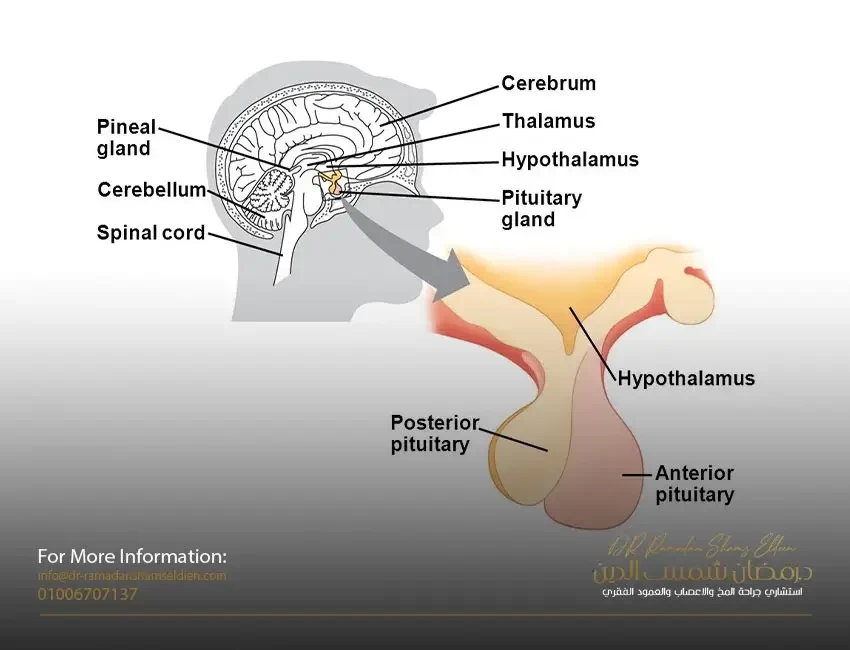Caudatic regression syndrome is a disorder that impairs the growth of the lower (caudal) half of the body. Affected areas can include the lower back, extremities, genitourinary system, and gastrointestinal tract.
It occurs in 1 to 2.5 per 100,000 newborns. This condition is more common in infants born to mothers with diabetes when it affects 1 in 350 newborns.
Other names for this syndrome: caudal dysgenesis syndrome, caudal dysplasia sequence, caudal regression sequence, sacral agenesis
Sacral defect with anterior meningocele
In this disorder, the bones of the lower spine (vertebrae) are often deformed or missing, and the corresponding parts of the spinal cord are also irregular or missing. Affected individuals may have incomplete closure of the vertebrae around the spinal cord, a fluid-filled sac on the back covered with skin that may or may not contain part of the spinal cord, or tufts of hair at the base of the spine. People with caudal regression syndrome can also have an abnormal side-to-side curvature of the spine (scoliosis). Spinal deformities may affect the size and shape of the chest, leading to breathing problems in some individuals.
Problems with the genitourinary system in caudal regression syndrome are very diverse. Often the kidneys are deformed. Defects include a missing kidney (unilateral aneurysm), fusion of the kidneys together (horseshoe kidney), or duplication of the tubes that carry urine from each kidney to the bladder (ureteral duplication). These renal abnormalities can lead to recurrent urinary tract infections and progressive kidney failure. In addition, affected individuals may have a protrusion into the bladder through an opening in the abdominal wall (bladder exstrophy). It causes damage to the nerves that control bladder function, a condition called neurogenic bladder.
People with caudal regression syndrome may have abnormal twisting (malrotation) of the large intestine, blockage of the anus (anus), soft outer pouches in the lower abdomen (inguinal hernia), or other abnormalities of the digestive system. Affected individuals often become constipated and may experience a loss of control over their bladder and bowel functions.
Caudal regression syndrome is a complex condition that may have different causes in different people. The condition is likely caused by the interaction of multiple genetic and environmental factors. One of the risk factors for the development of caudal regression syndrome is the presence of diabetes in the mother. It is thought that increased blood sugar levels and other metabolic problems related to diabetes may have a detrimental effect on fetal development, increasing the likelihood of caudal regression syndrome. The risks to the fetus increase if the mother's diabetes is poorly managed. Paralytic regression syndrome also occurs in infants of non-diabetic mothers, so researchers are trying to identify other factors that contribute to the development of this complex disorder.








